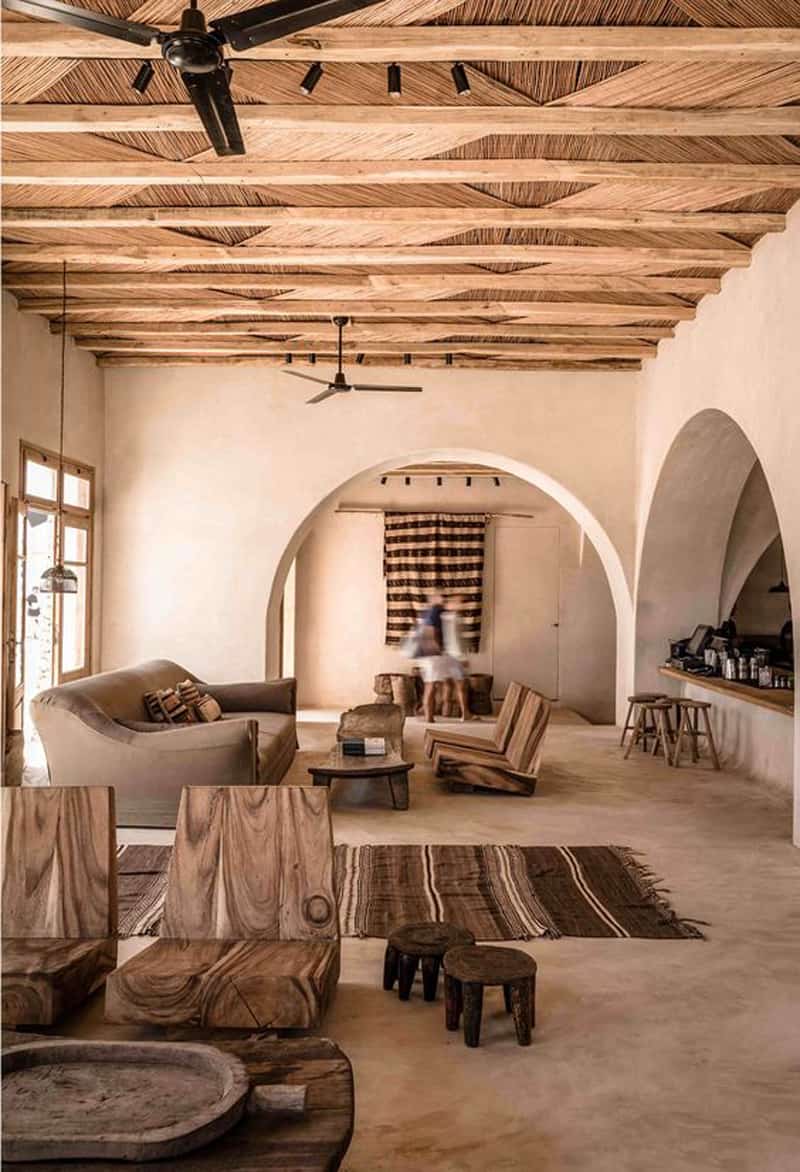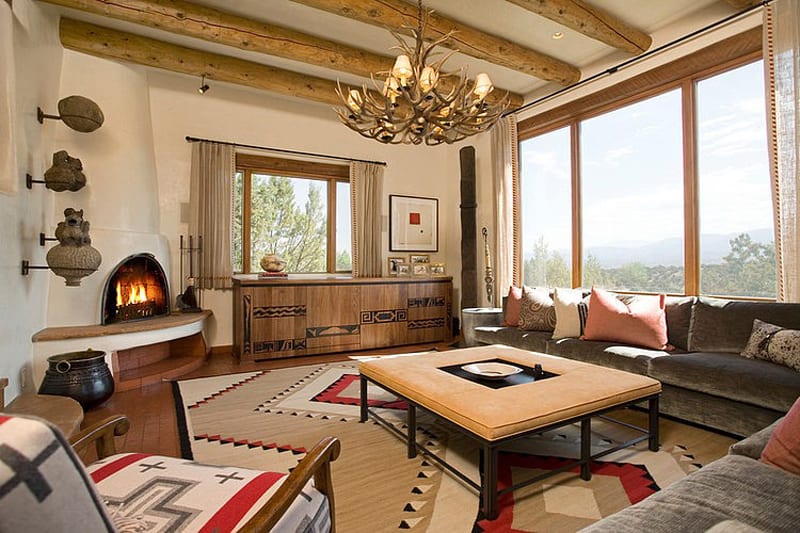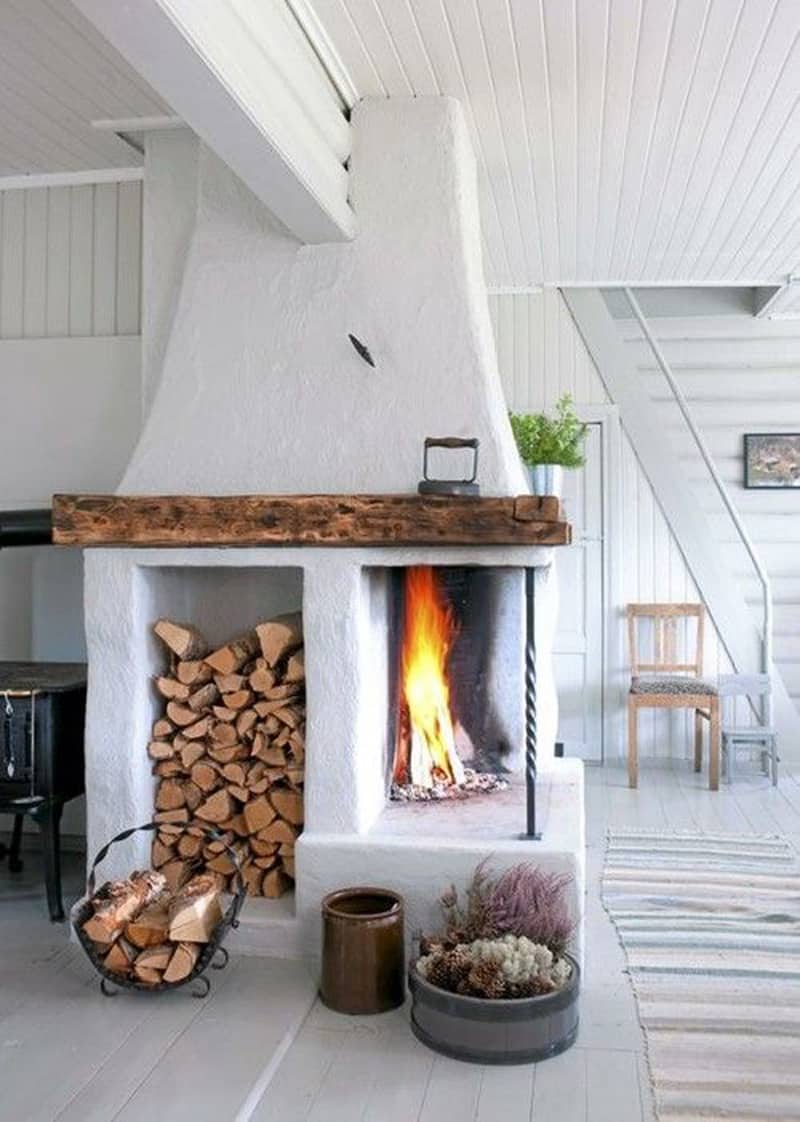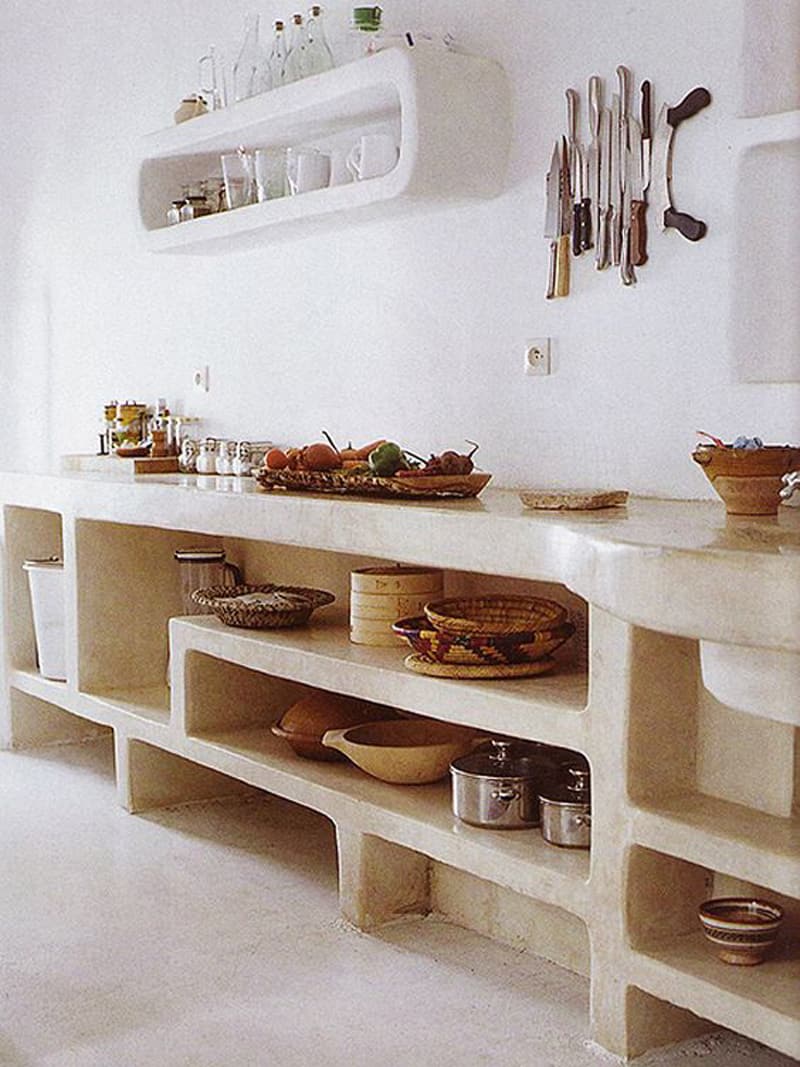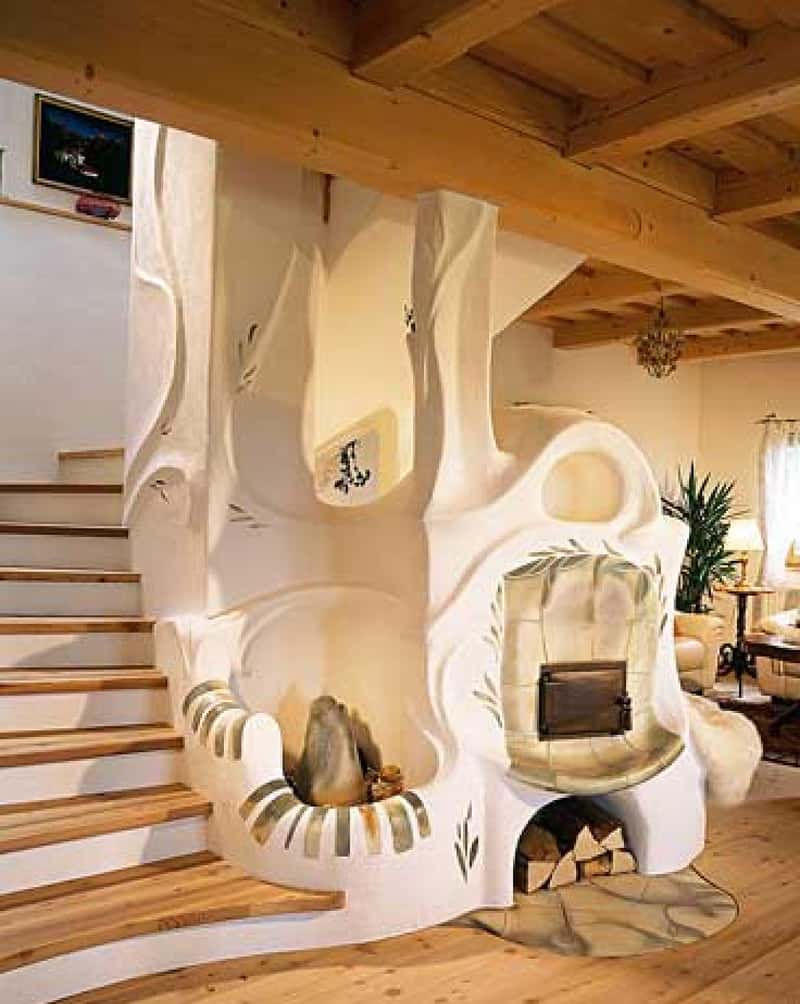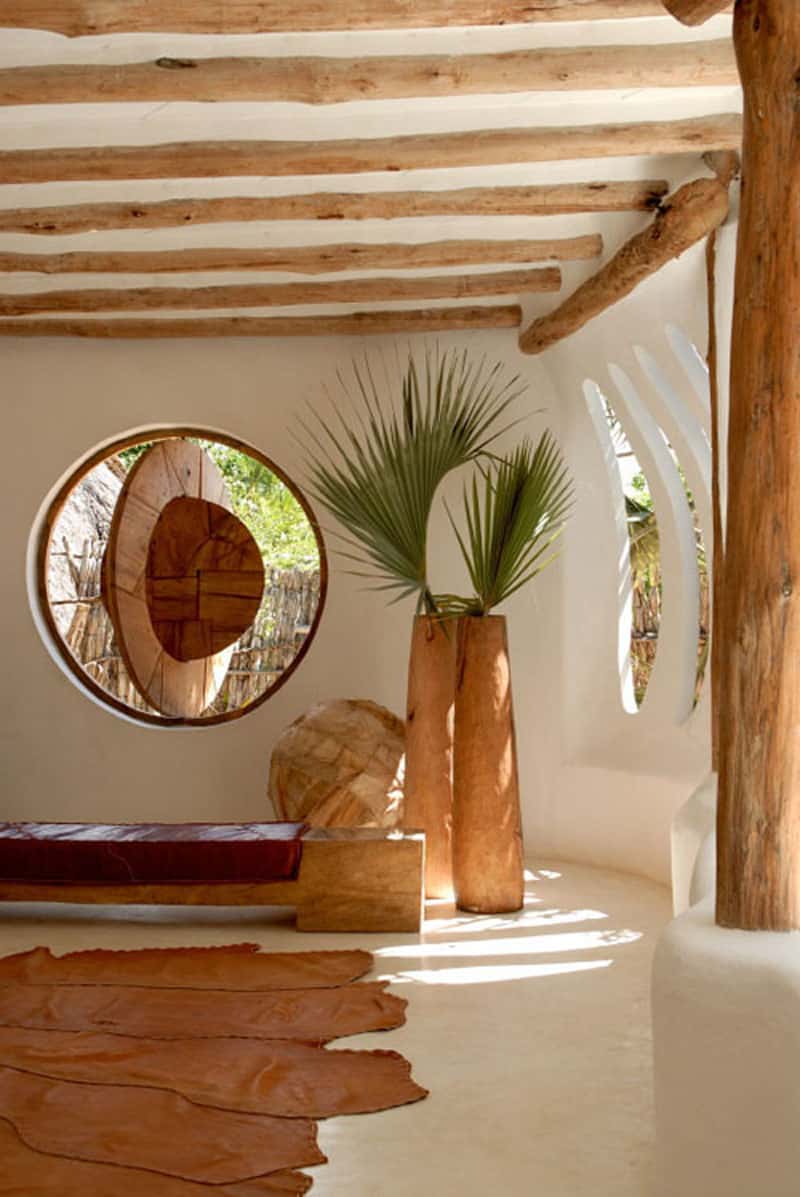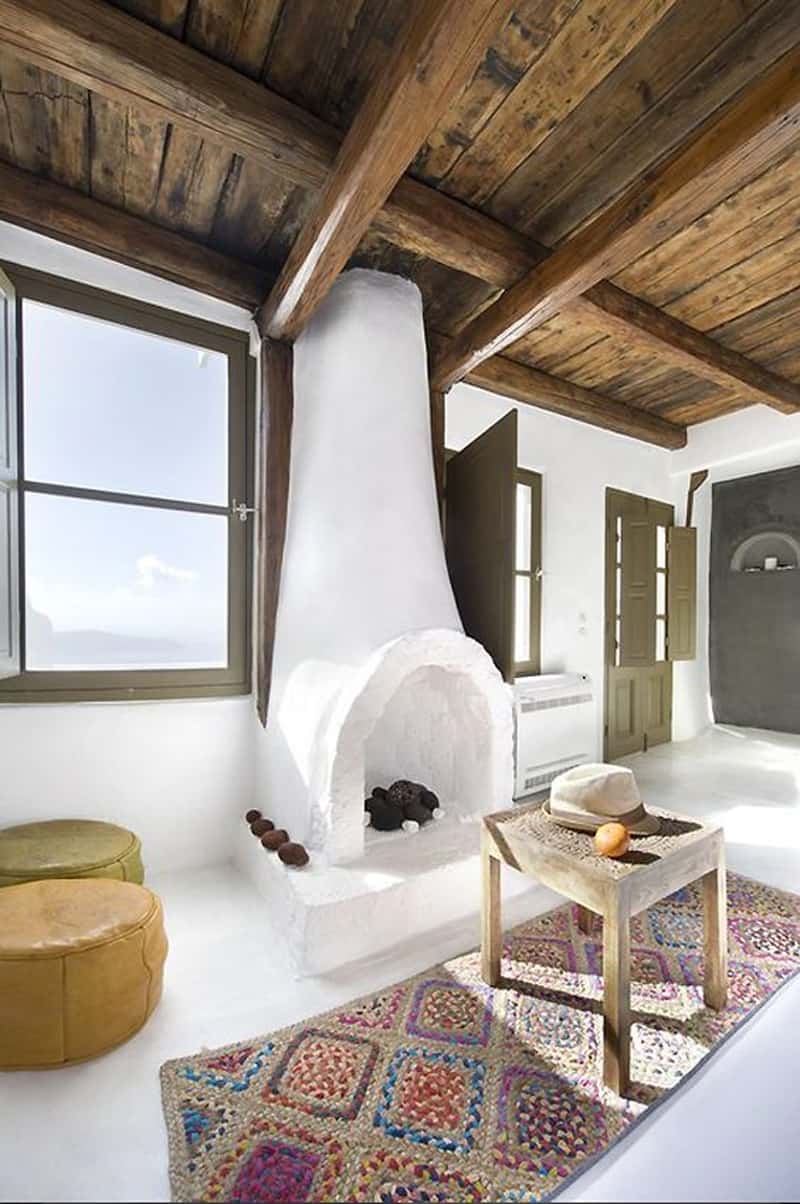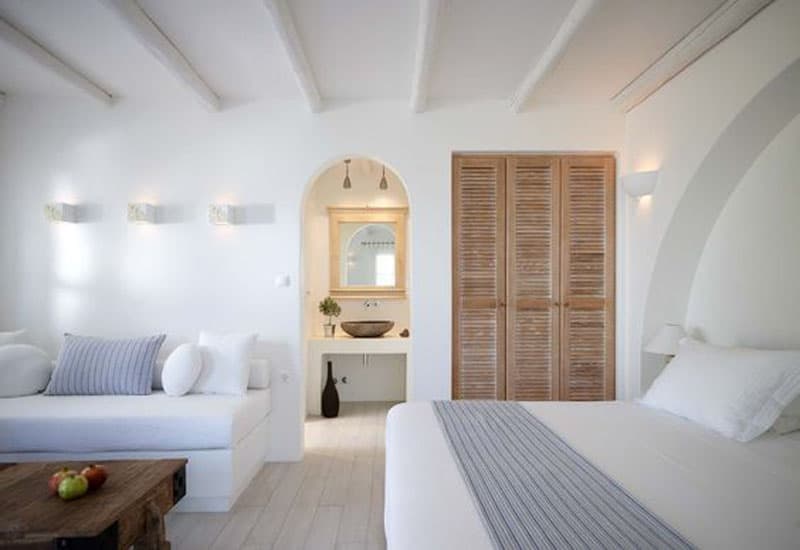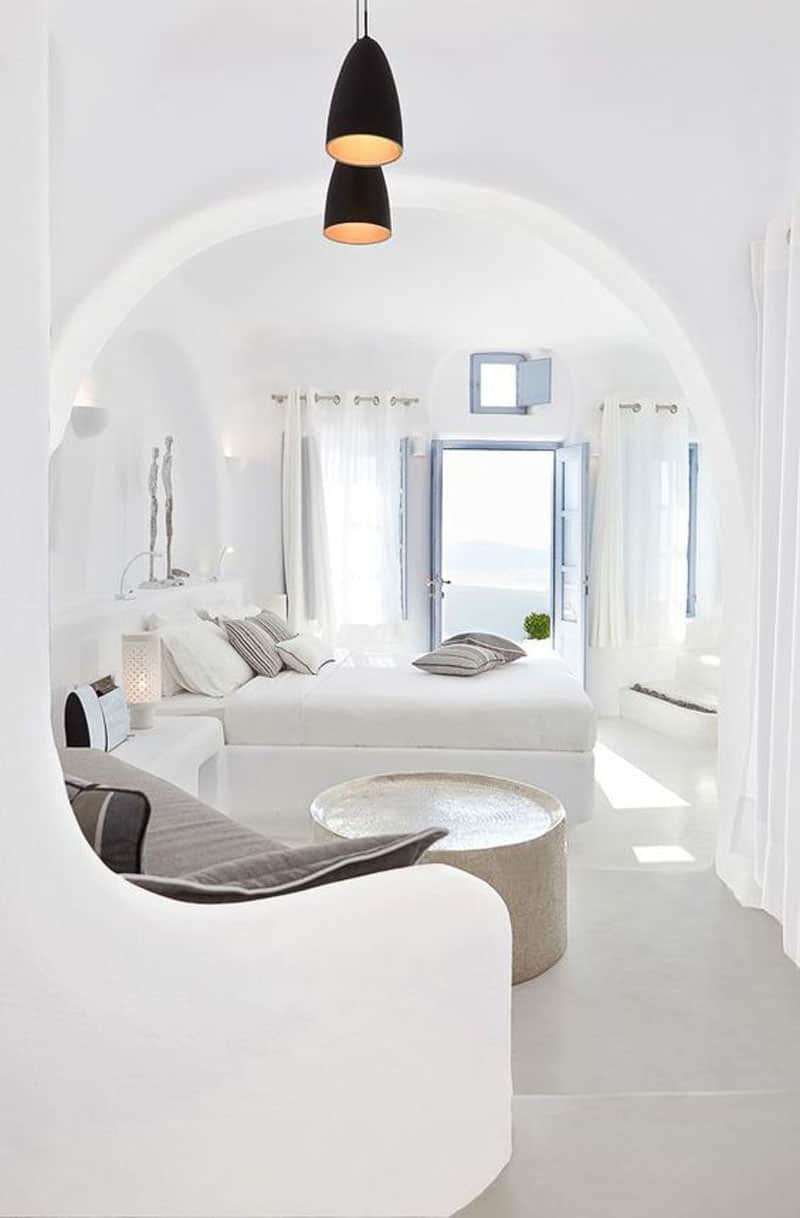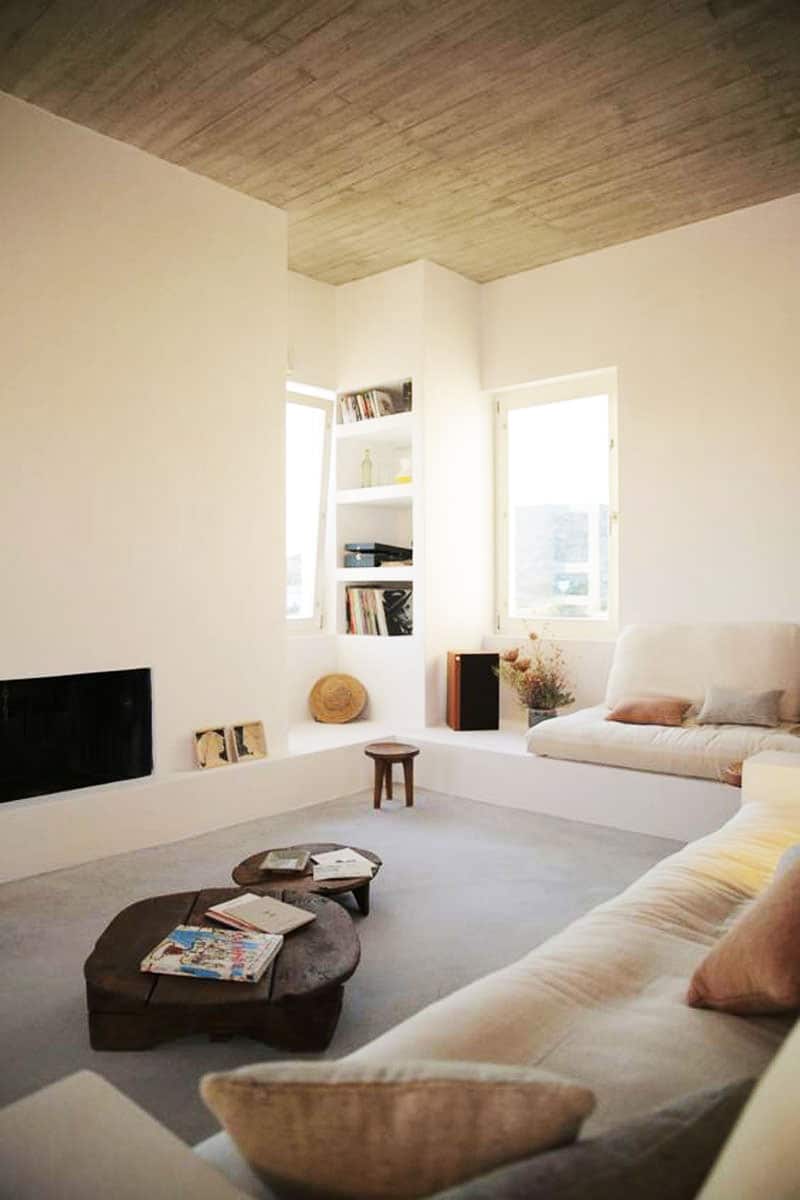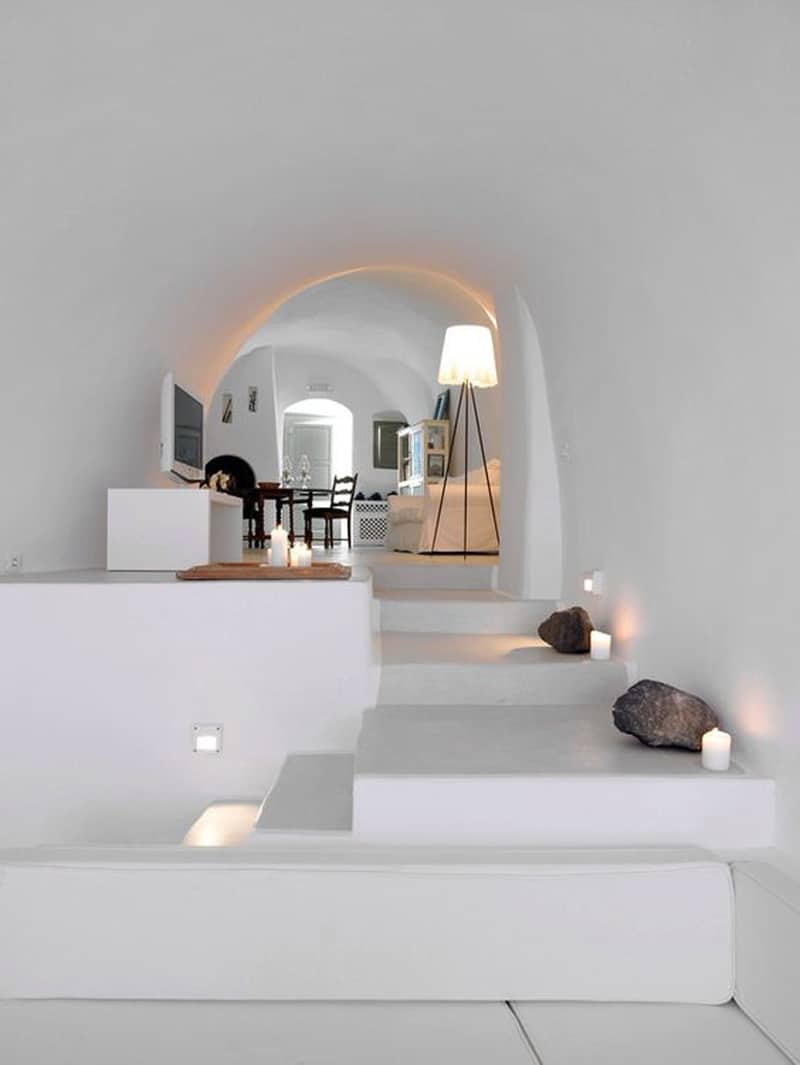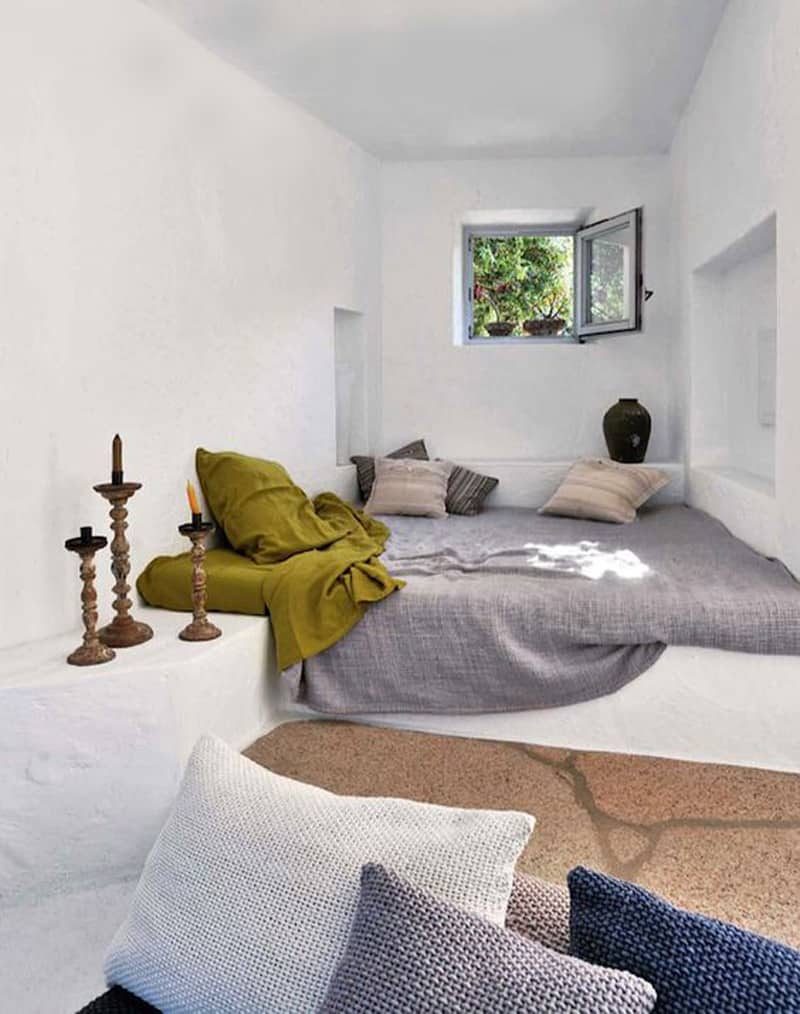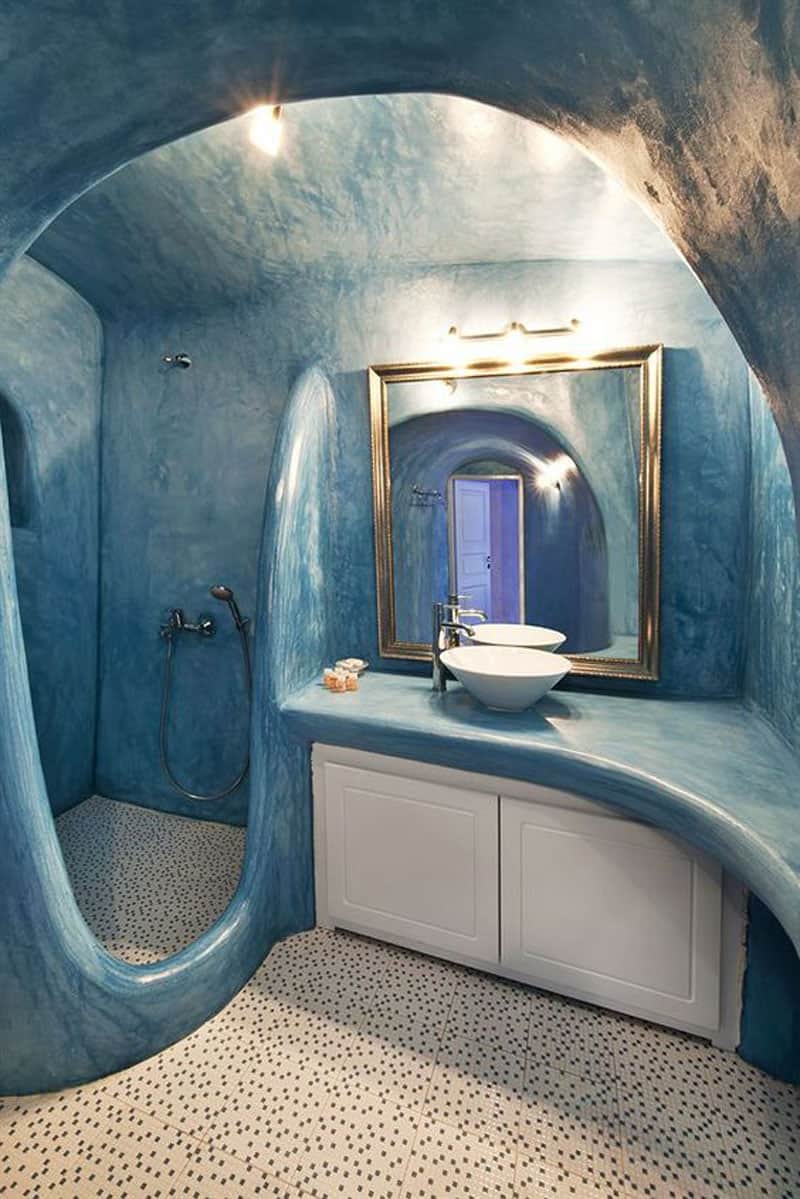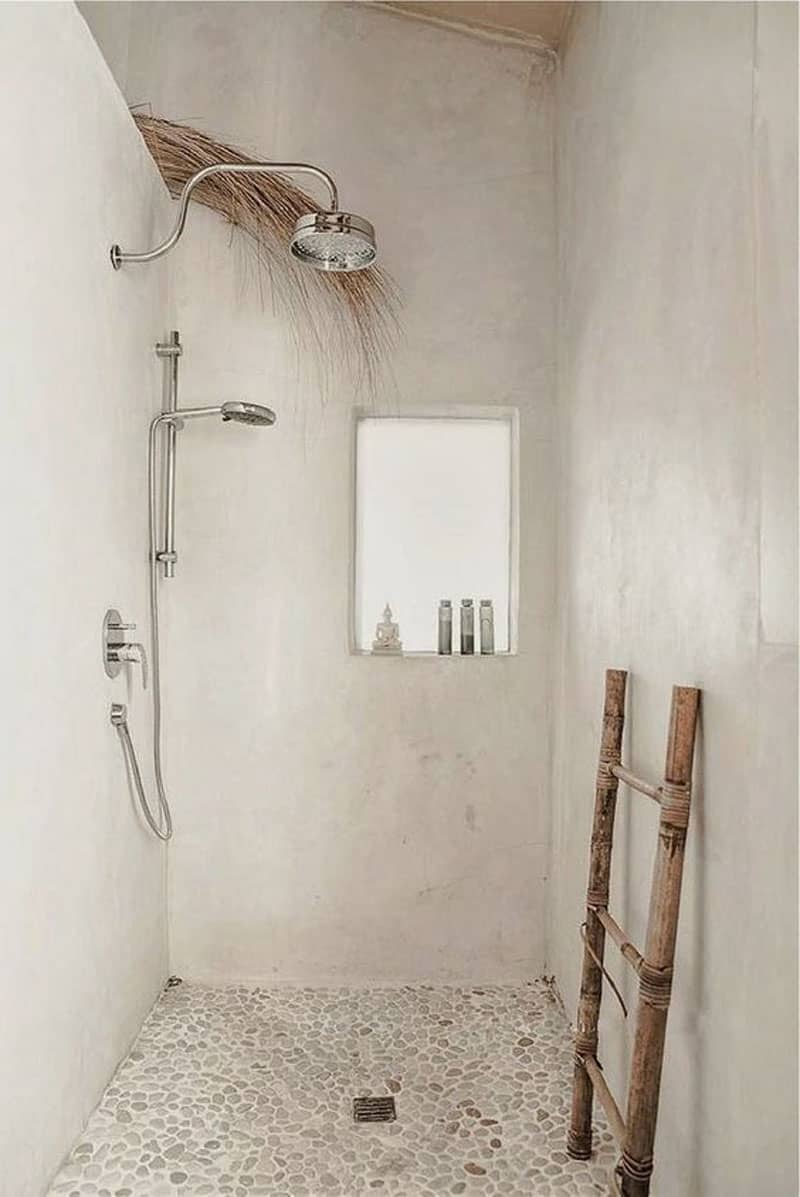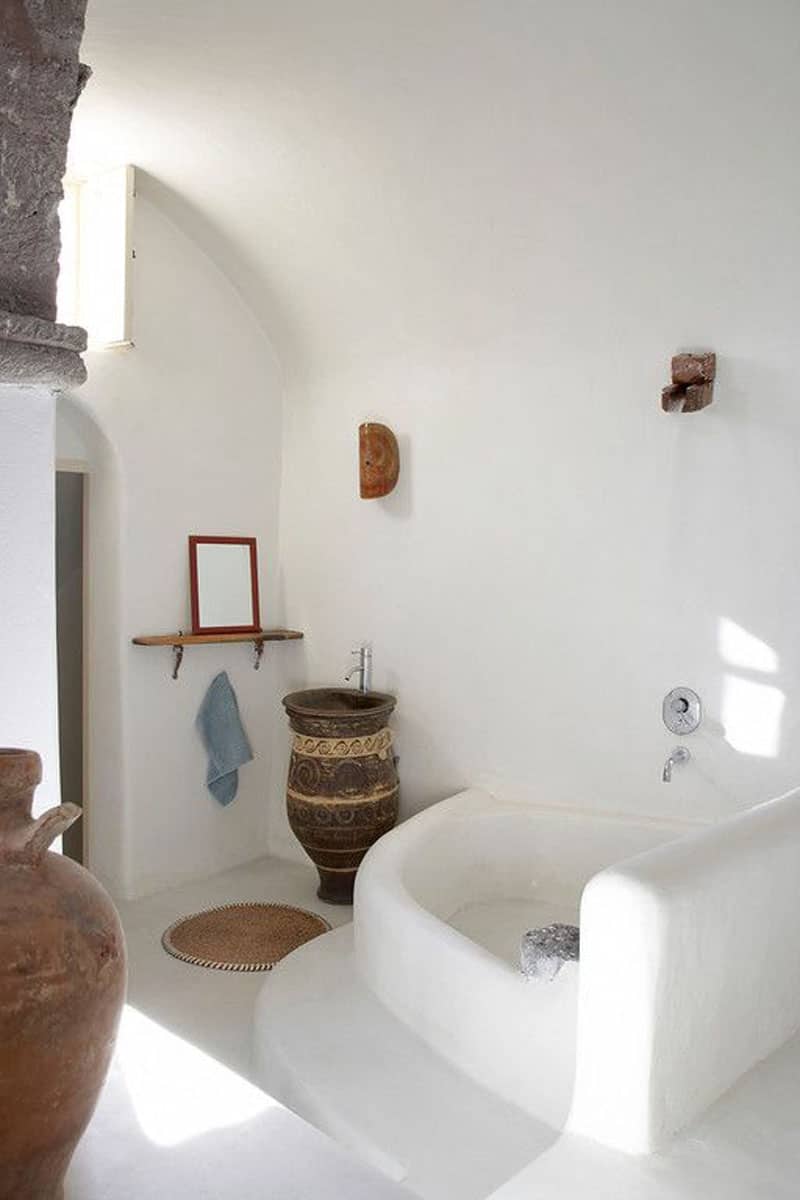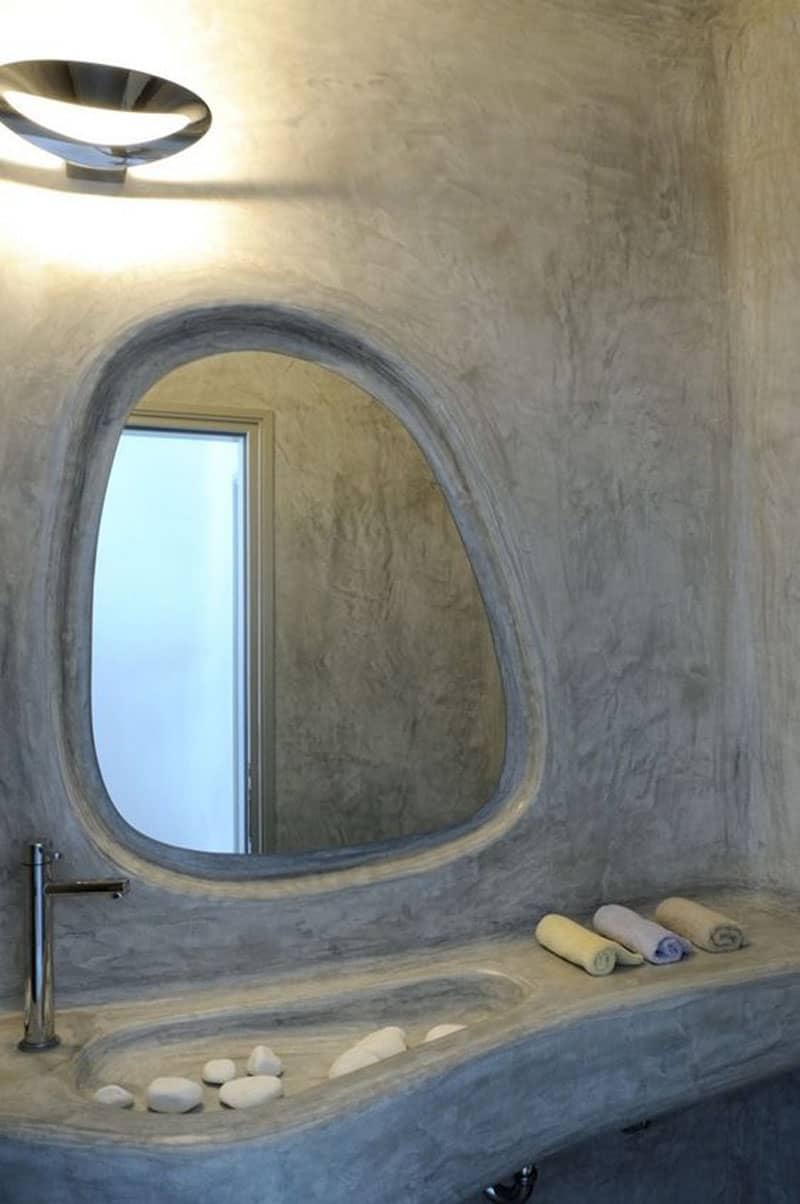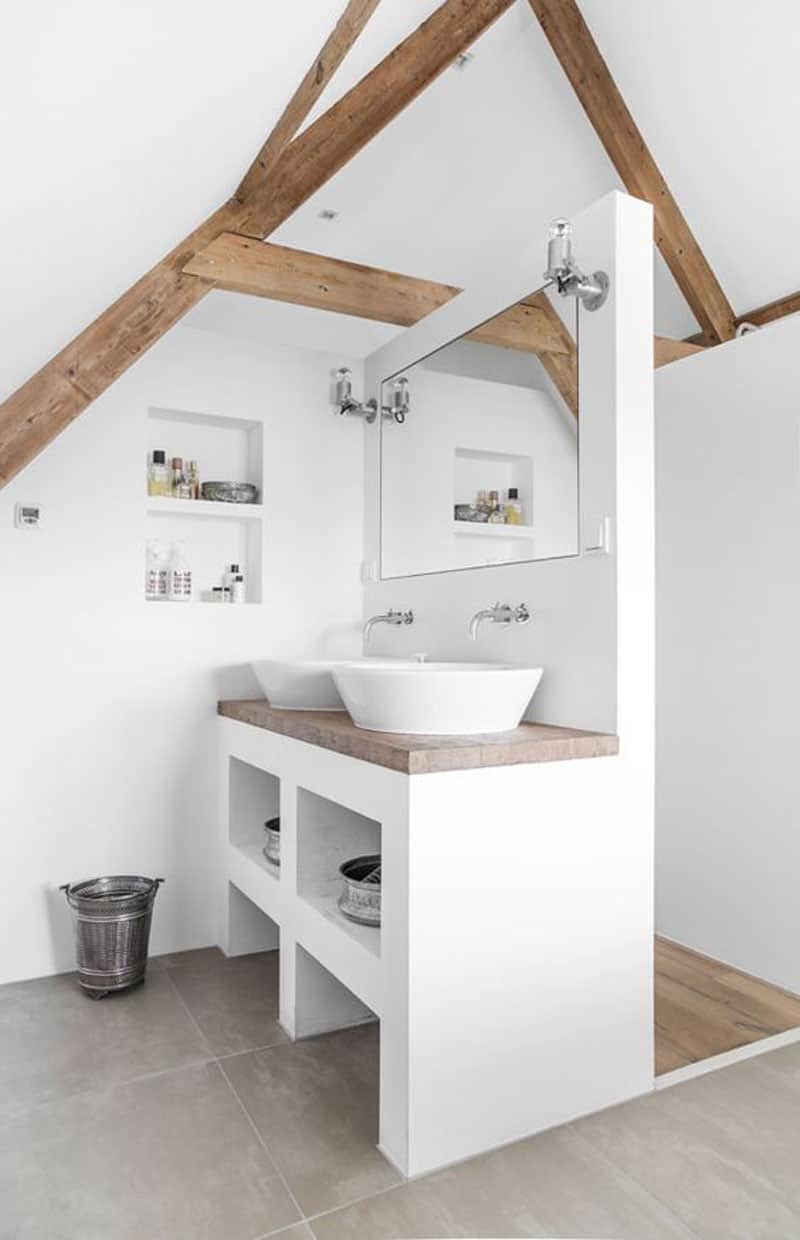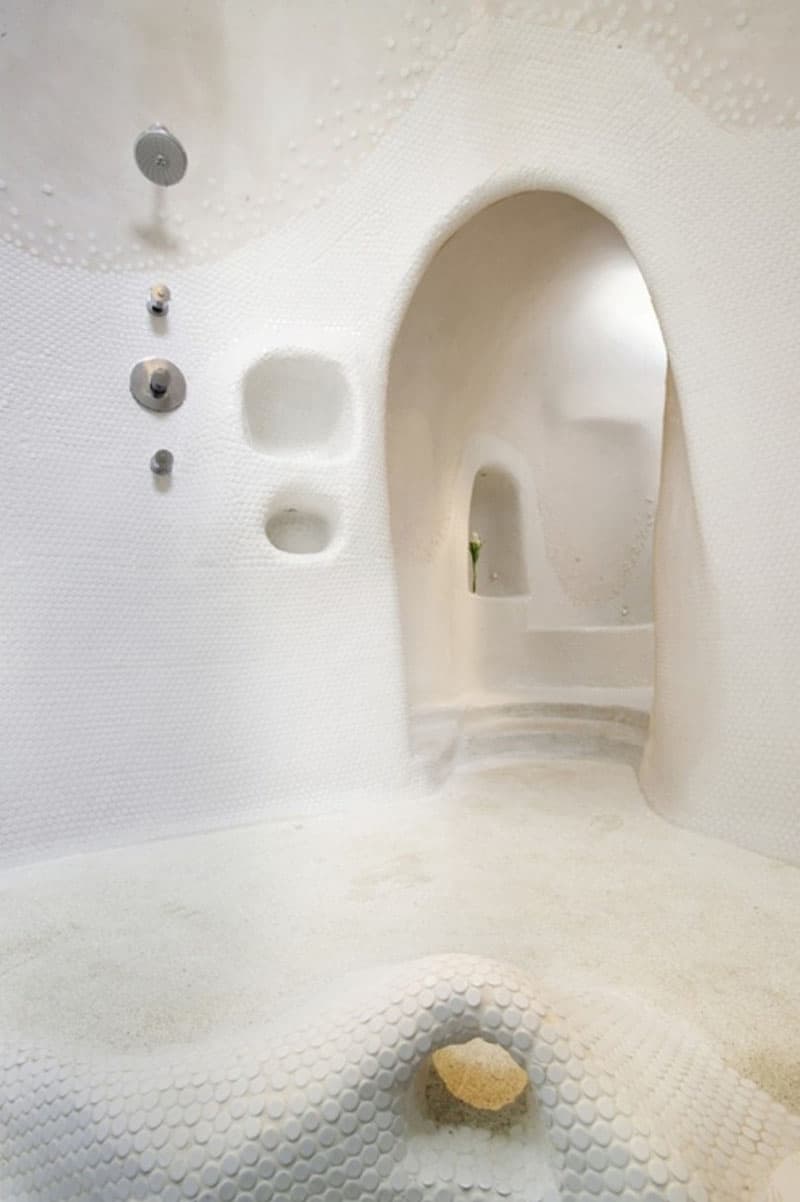Your cart is currently empty!
Tag: Sustainability
-

The “Back to Eden” Method of Permaculture Gardening
In our continuing quest to experiment with a multitude of permaculture techniques, this time we decided to construct a Back to Eden style garden bed… and in doing so, also prevented desertification!Back to Eden Film: http://www.backtoedenfilm.com
Our past videos…
Constructing Our Hugelkultur Vegetable Garden : https://www.youtube.com/watch?v=RR7wMao-PxI
Planting our Hiugelkultur vegetable garden: https://www.youtube.com/watch?v=4gm69Cqs-tw
Hugelkultur Vegetable Garden Update and Harvests: https://www.youtube.com/watch?v=b0D-NJfFRgE
The Ruth Stout Method of Permaculture: https://www.youtube.com/watch?v=bfi-n0Oq38E
Planting Garlic in a Modified Ruth Stout Permaculture Garden: https://www.youtube.com/watch?v=s1TXfeq9wdc -

2017 Slow Living Summit #2: Permaculture & Economic Sustainability, Mark Shepard
PLENARY 2: Permaculture and Economic Sustainability: Making It All Connect – with Mark ShepardPermaculture may be a buzz word or a trend that we are all hearing, but what does it all mean in relationship to economic sustainability? Join Mark Shepard for this presentation that connects permaculture with the realities of economic sustainability faced by food and ag entrepreneurs.
-

Redesigning Civilization — with Permaculture
Modern agriculture, industry and finance all extract more than they give back, and the Earth is starting to show the strain. How did we get in this mess and what can we do to help our culture get back on track? The ecological design approach known as permaculture offers powerful tools for the design of regenerative, fair ways to provide food, energy, livelihood, and other needs while letting humans share the planet with the rest of nature. This presentation will give you insight into why our culture has become fundamentally unsustainable, and offers ecologically based solutions that can help create a just and sustainable society. This is the sequel to Toby’s popular talk, “How Permaculture Can Save Humanity and The Planet, but not Civilization.” A related article is at http://www.patternliteracy.com/697-the-last-nomads-and-the-culture-of-fear -

Permaculture: Geoff Lawton at TEDxAjman
About The Speaker:Geoff Lawton is an internationally – renowned permaculture educator, consultant and practitioner. He emigrated from England to Australia and later studied permaculture with Bill Mollison in Tasmania. He established the Permaculture Research Institute at Tagari Farm in New South Wales, Australia, a 147 acre farmstead previously developed by Mollison. PRI was eventually moved to Zaytuna Farm, in The Channon, where it continues today.
Since 1985, Geoff has designed and implemented permaculture projects in 30 countries for private individuals and groups, communities, governments, aid organizations, & multinational corporations. He has taught the Permaculture Design Certificate course and designed permaculture projects in 30 countries. The Permaculture Research Institute supports the establishments of Permaculture Master Plan sites worldwide as demonstration sites and education centers that network their research information through. www.permacultureglobal.com.
About TEDx:
In the spirit of ideas worth spreading, TEDx is a program of local, self-organized events that bring people together to share a TED-like experience. At a TEDx event, TEDTalks video and live speakers combine to spark deep discussion and connection in a small group. These local, self-organized events are branded TEDx, where x = independently organized TED event. The TED Conference provides general guidance for the TEDx program, but individual TEDx events are self-organized.* (*Subject to certain rules and regulations)
This event was held in Ajman, UAE.
31st of March, 2012 -

Man Quits Job in Finance to Create Incredible Permaculture Property – From Finance to Farmer
Andrew Martin once worked in the finance industry in Australia, but after learning about the true state of the world as peak oil and climate change begin to take effect, he knew he had to leave that unsustainable lifestyle behind and do something useful to help heal the earth and to be more resilient in the face of change. He and his wife Beth moved to New Zealand, where they’re in the process of turning green-desert farmland into a productive and bountiful forest of food.It’s incredible to see how much they’re harvesting after just three years. Andrew researches extensively about the big interconnected issues in the realms of economy, environment and energy and offers his skills and knowledge to city and regional councils that need to build their own resilience (that would be pretty much all of them!). Find out more about Andrew’s work on his website Rethink Enterprises.
This film was made as part of our Living the Change series. For this series we’re traveling around New Zealand making short documentary films about permaculture farms, tiny houses, and sustainability.
Support Happen Films on Patreon! https://www.patreon.com/happenfilms
Living the Change: http://happenfilms.com/living-the-change
More info about Andrew’s book ‘Rethink…Your World, Your Future…’ – http://onenesspublishing.com/rethink
Website: http://happenfilms.com
Facebook: http://facebook.com/happenfilms
Twitter: http://twitter.com/happenfilms
Instagram: http://instagram.com/jordosmondFirst song by Canvas Music Productions: http://canvasmusicproductions.com
-

The Tiny Home Built By A Bad-Ass Single Mom
Watch Next: http://skr.cm/ZWGnow
Subscribe: https://www.youtube.com/c/seekerstories?sub_confirmation=1When Kelley Lewis was left on her own as a single mom to raise three young children, she was determined to still achieve the dreams she had in mind for her family – including a lakeside cabin for weekends and getaways. In Going Off Grid, Laura Ling examines how more Americans are choosing to live a more sustainable, simple lifestyle.
Join the Seeker community!
Twitter: https://twitter.com/SeekerNetwork
Facebook: https://www.facebook.com/pages/Seeker-Network/872690716088418?ref=hl
Instagram: http://instagram.com/seekernetwork
Tumblr: http://seekernetwork.tumblr.com
App – iOS http://seekernetwork.com/ios
App – Android http://seekernetwork.com/androidExecutive Producer: Laura Ling
Producer: Paige Hansen
Cinematographer: Matthew Piniol, Spencer Snider
Editor: Lee Mould -

TALKING TOOLS with Jonathan Dysinger of Farmer’s Friend LLC
Talking about tools with the creator of the Quick Cut Greens Harvester, Jonathan Dysinger.
SUB:http://bit.ly/2d7dQgdPOPULAR VIDEOS:http://bit.ly/2cmcFLe
↓↓↓↓↓↓↓↓↓ CLICK “SHOW MORE” FOR RESOURCES ↓↓↓↓↓↓↓↓↓↓Harvester here:
http://bit.ly/1W3nLGbCaterpillar Tunnel here:
http://bit.ly/2gItRNf1 Day Workshop:http://bit.ly/2cziu7v
Donate:http://theurbanfarmer.co/support/
My online course: www.profitableurbanfarming.com
My book: www.theurbanfarmer.coMusic by: David Cutter Music – www.davidcuttermusic.co.uk
facebook.com/GreenCityAcres
twitter.com/GreenCityAcres
___
FARM EQUIPMENT I USE:
Quick Cut Greens Harvester:http://bit.ly/1W3nLGb
Knife and Tool Sharpener:http://bit.ly/29DHlos
Jang Seeder:http://goo.gl/XGvJtl
Row Bags:http://goo.gl/eI1CLp
Insect Netting:http://goo.gl/rjyimK
The Coolbot:http://bit.ly/2cziu7v
___
CAMERA EQUIPMENT I USE:
Canon Rebel T6i:http://amzn.to/29JApHr
Canon wide angle lens 10-18mm:http://amzn.to/2a2t1pl
Shure Lens Hopper shotgun mic:http://amzn.to/29zpdMz
Joby Gorilla Pod (flexible tripod):http://amzn.to/29JBBu7
Go Pro action camera:http://amzn.to/29JBU8j
Phantom 4 Drone:http://amzn.to/29zqenG
iPad 4 for drone controller:http://amzn.to/29vwKdh -

Farming with Only Hand Tools
Adam and Sarah Mancino work exclusively with hand tools, using hoop houses to raise greens and root vegetables in the colder months and sustainable practices to grow heirloom tomatoes and sweet peppers in the summer. All this at Farm Beach Bethel. -

Handmade Tools Make Simple Work at Inspiration Farm
Watch Brian Kerkvliet cut thick grasses easily and quickly with his hand-built scythe — a far cry from a noisy weed whacker! He demonstrates three tools whose design he has honed over the years: the scythe, grass rake and U- bar or broadfork. “It took a few years to get the right methodology, the right blades, the right sharpening technique, and the ergonomic setup so it’s effortless,” he says of the scythe. The U-bar gently aerates soil and doesn’t compress it like a rototiller. “I used to rototill, run my tractor. The beauty of this is you don’t have to do the whole area. You just do the beds you need to do. It might take me 15-20 minutes to do these beds, and I’m good for three years.” Episode 269. [inspirationfarm.com] -

Straw Bale Construction: A Sustainable and Renewable Building Material
In this modern day we primarily construct buildings with materials that retain a single life use, meaning at the end of its course the material remains unusable and/or un-recycled. Examples of said materials are concrete, various metals and asphalt. If you look back far enough before the industrial revolution, you would find houses with walls built out from straw bales. Though straw today is used as a biofuel, animal feed and confectioning various objects, it can also be used as a very ecological and effective construction material.
While straw has been used to create housing in Africa since the Paleolithic Era, it’s seeing a modern renaissance with the rise in popularity of straw bale construction. This affordable and sustainable means of building is being discovered by modern builders and homeowners across the globe, with some standout landmarks assisting its rise to prominence.
But what exactly is straw bale construction and do the advantages outweigh the disadvantages of this age-old building method?
History of straw bale construction

The history of straw bail construction has a strong foundation in the 1700’s, but dates much further back in Africa during the Paleolithic era (Old Stone Age). Germany and France in the 1700’s used straw as a means of constructing various buildings that can even still be visited today. A century ago in Nebraska, the rapid evolution of farming equipment pushed the use of straw construction for building houses, churches and even museums. Today there are a modest amount of architects that specialize in straw bale construction homes, pushing the boundaries of what can be accomplished with the material. Notably, a Swiss architect named Werner Schmidt has been capable of building modern multi-story houses over 2700sq.ft (250sq.m).Straw bale construction is a relatively sustainable construction method, with straw being a renewable material that is readily available. After the edible part of grains have been harvested, their stalks are disposed of by farmers and in many areas, they are burned. Transforming them into straw bales gives them a new life and reduces the air pollution which results from burning.
Straw bales also have high insulation qualities, keeping the building warm in winter and cool in summer, with R-values between 40 and 60 when built correctly. It is also relatively cheap, made from an agricultural by-product. But it’s important to keep in mind that the cost of straw bales differs depending on when they are harvested and how far they need to be transported. If they need to be stored for lengthy periods or transported long distances, then the costs escalate accordingly.
Another advantage of straw bale construction is that it is a relatively easy method for novice builders, meaning that it can be utilized by owner-builders without extensive experience or volunteer crews. This also reduces the labor costs involved in building which can be substantial in many parts of the developed world.
Straw bales take little energy to manufacture, with the bailing process and transportation the only additional energy required (other than the sun used to grow the plants). When compared to other insulating material such as fiberglass, the energy-intensity to produce the material is significantly reduced. They are also 100% biodegradable and can easily be plowed back into the earth if they are no longer needed.
Straw bales construction also has some favorable aesthetic qualities, creating thick walls which allow for window seats and shelves, as well as lending itself to numerous architectural styles.
How to build with straw

The methods of building a straw house is very different to that of our own. From the bottom up, a foundation the width of a bale must be poured in place to support the straw walls. When straw is baled, you obtain rectangles of varied dimensions between 36”x18”x14” (915x455x355mm) to 48”x24”x16” (1220x610x410mm). These rectangles are stacked like lego blocks up to the desired height, and wood rods are inserted at each 5 to 6 layers of straw in order to anchor each bale together. Because straw is an organic material containing air, the exterior and interior finishes must also be composed of 100% organic materials to allow the walls to perspire. This said material is typically a concoction of clay, sand and straw. By adding water to all these materials, you create a mud-like mix that is easily manipulatable and smooth when dry. The roof itself can be a typical roof truss construction; because of the the structural integrity and high stability of the straw walls, the roof can simply rest on and be anchored to the walls.Advantages of building with straw

There are many advantages to building with straw: the low environmental impact of the materials are obviously a major assets, but studies also show the energy efficiency of the straw bales exceeds that of modern construction. Because its high thermal of R1.5/Inch (25mm), it effectively retains the interior temperatures in even the coldest of climates. Another major benefit is that straw and clay are abundant materials, making them readily available at low costs. Because the construction process with these materials is quite primitive, there is little need for modern construction tools therefore making it easily done by almost anyone. Though straw might be a highly combustible material on its own, a study has shown a straw wall with clay finishing on both sides retains a fire separation of 90 minutes, which greatly exceeds that of typical residential construction. Finally, at the end of the building’s life, the materials can be fully recycled back into the environment with little to no impact.Disadvantages of straw buildings
Similar to many other building materials, straw bales can be susceptible to rot if they are not kept dry, which is one of their biggest problems. You need to ensure that moisture cannot enter the bales from the roof and in areas of high humidity or rainfall, this may not be practical. If they are exposed to water, compressed straw bales may expand as they absorb the moisture, resulting in further cracking and greater infiltration of water as a result.
If mold becomes an issue, it may release toxic spores into the wall cavity and surrounding air, and the internal temperatures can rise as the straw bales decompose. Rats and mice can also be a problem during construction as they like to burrow in the bales, and care should be taken to ensure they are evicted before sealing.
Building with straw bales can also be challenging when it comes to obtaining building permits or insurance coverage, as they are not a conventional building material or part of all local building codes. You may have to be more persistent in having your plans approved, but local architects or engineers with experience in using natural materials may be able to assist in this.
Because of the thickness of straw bale walls, you should also keep in mind that more of your building area is being taken up with wall space and you should design your plans accordingly.
Justin Langlois is a former Build Abroad volunteer who found his passion through his travels. As a Canadian Architectural Technologist, he plans on becoming an architect and directing his career towards that of the development sector. On his spare time, he enjoys traveling, following adventures, volunteering and playing music.
https://www.buildabroad.org/2017/02/07/straw-bale-construction/
On – 07 Feb, 2017 By Chad Johnson
-

A Straw Bale House Is Eco Friendly And Cost-Effective
A straw bale house is an eco-friendly building you will fall in love with. Light, sustainable, resistant and featuring a rustic flavor, the construction has gained admirers on the market lately. The building method uses bales of straw – usually wheat, rice, rye and oats straw – as structural elements, building insulation, or both. As a result, the costs involved are not extremely high. Moreover, the straw bale house is also very viable. If you plan to do so, here are a list of advantages and disadvantages. The benefits: high insulation, easy availability, costs. The flaws: the building is susceptible to rot and you will not obtain insurance coverage easily. However, remember that these constructions bring the natural roots to present. As a result, you will pamper your senses in tranquility and equilibrium. And you will feel a strong connection with the exterior. Besides good looks, you will also discover inspiring designs for bathrooms, bedrooms and living rooms in the gallery below. Explore it and let us know if you enjoyed these homes!
Exposed beams
It goes without saying that rustic elements fit into a straw bale house. The home above features large rooms with high ceilings – two elements that allow you to decorate with altitude. As you can easily notice, oversized vases, tall sculptures and a generous chandelier integrate amazingly here. Also, a tall fireplace, in one of the corners warms the interior. But, the most striking ‘ingredient’ in this composition is the ceiling. The beams give strength, while also an infusion of spontaneity to the room.
The Arch Living Room
The elegant arch is the first thing you notice in a room that has it. Appreciated for its support in architecture, it is now reconsidered as a decorative add-on. The living room above features tall arches that give the space a very elevated look. Their raw simplicity goes beautifully with the furniture and the decorations. Made of poorly finished wood, the items create a natural environment where the inhabitants feel free and relaxed.
The warmth of the chalet
I believe every escape has its own essences and innards. The ones delivered by a mountain chalet are freedom, naturalness, coziness and relief. This living room connected to rustic flavors brings exactly the same. Just imagine cuddling in your beloved arms in this sofa, by the window. Its position offers you the possibility to admire the landscape in the same time. I like the way geometry animates the interior. The cabinet features traditional prints, the carpet similar motifs and the tapestry of the armchairs a complementary pattern.
A domestic crib featuring a lovely bench, three niches and a vintage stove. It reminds me of vernacular interiors.
Reading by the window? Yes, absolutely! A bunch of pillows and a blanket make the seating wonderful!
White extravaganza
A straw bale house can also feature clean white interiors. It is not necessary to turn everything in clay and wood. Paint the room with white or creamy ivory and you will experience a luminous environment all the time. I love the fluidity of the room above, and the diaphanous curtains that add elegance to the room. Also, the items of furniture integrate very well in this décor. Add some sparks of blue and you will have the marine freshness in your crib.
A hammock in your living room? Why not!
I have never imagined that a bunch of spots under the sofa can produce such a beautiful effect!
The simplicity of this bedroom is absolutely overwhelming.
Explore a collection of bedrooms with natural looks
The feeling I am looking for in my sleeping room is that of a sweet escape. You have to relax, but also to experience the comfy touch of pampering. Featuring light colors, large beds and interesting light effects, the examples in this gallery contain inspiring tricks. Have a look and relax a little!
Influenced by the sea, this bedroom features white and blue in a fresh mix.
How to design your bathroom in a straw bale house?
Featuring curved walls, the bathrooms invite you in a domestic sanctuary. Soft corners, elegant niches, sculptures, vintage frames and lighting spots are the ingredients we should rely on. White is the common option, but look how beautiful they are painted in blue! Also, cane decorations or small items of furniture work fine in these decors.
Storing smartly saves time and energy. Put some baskets and boxes under the sink and you will access all you need in a second.
An organic design following the curves of dunes and paired with white soft stones. As you can see, the composition is complete — the cohesion you feel when different elements blend with each other.
Comments
comments
http://www.designrulz.com/design/2017/01/straw-bale-house/
On – 23 Jan, 2017 By
-

‘You started a quiet revolution’: Tributes flow for permaculture ‘father’ Bill Mollison
Tributes are flowing from around the world for the Tasmanian man who co-founded the global permaculture movement.
Bruce Charles “Bill” Mollison — known as the “father of permaculture” — died on Saturday in Hobart, aged 88.
His system advocated agricultural ecosystems that were sustainable and self-sufficient.
Mr Mollison rose to prominence after publishing Permaculture One with David Holmgren in 1974.
The book advocated a system “working with, rather than against nature” when producing food, and favoured cultivating species suited for local conditions.
He founded the Permaculture Institute in 1978, his ideas influencing hundreds of thousands students worldwide.
Well-known horticulturalist and former ABC Gardening Australia host Peter Cundall described permaculture as “an all-encompassing method of actually living without in anyway disrupting the environment”.
“It was the way of the future, and this is why it became so exciting,” he said.
“The greatest contribution Bill made was as an outstanding marketer and a brilliant public speaker.
“So he not only toured different parts of Australia, but then went overseas and went to Africa, India and other places.”
Mr Cundall said the biologist helped grow Tasmania’s reputation as the birthplace of the environmental movement.
“Tasmania is in many ways unique because it started this whole business of trying to live within our environment without destroying it,” he said.
Mollison unlike any other academic: co-author
Mr Holmgren lived and worked with Mr Mollison as they were writing Permaculture One.
He told 936 ABC Hobart Mr Mollison was unlike any other academic at the University of Tasmania, and it was his “ecological thinking” that struck the young student.
Mr Holmgren said there was a lot of interest in what the pair were doing in the late 1970s.
“It was also a time with a huge interest in what we would call sustainability today,” he said.
“There were six mainstream publishers who approached a rambunctious Tasmanian academic and a completely unknown graduate student wanting to publish Permaculture One in 1977.
“Bill was actually really the father of the permaculture movement because of his genius in setting up the teaching system that he described and it all being outside academia.”
Mr Holmgren said he would be remembering Mollison at the Australasian Permaculture Convergence in Perth in next week.
“It will be a huge point of reflection and a celebration of his contribution,” he said.
‘You started a quiet revolution’
Social media has been flooded with tributes, and a page “In Memory of Bill Mollison” has been created on Facebook.
“May his words and teachings of permaculture continue to spread like chickweed in our gardens,” read a post on the Facebook page Women Who Farm.
“Thank you Bill for providing humanity with an education that no other leader has been able to achieve. RIP,” Glenn Shannon Kett wrote.
“You started a quiet revolution. You have sown the seeds of change, and you will live in the bounties of nature, in every flower, in every tree, in the soil and the water, and in every hand that nurtures nature,” wrote Vani Bahl, a Facebook user from California.
The author won numerous awards for his work and was also the first foreigner invited and admitted to the Russian Academy of Agricultural Sciences.
Mr Mollison was born in Stanley in 1928 in Tasmania’s north-west, and left school aged 15 to work in a number of jobs, including as a shark fisherman, seaman, forester and mill worker.
He spent his final years at Sisters Beach on the state’s north-west coast.
http://www.abc.net.au/news/2016-09-26/tributes-flow-in-for-permaculture-father-bill-mollison/7878118
On – 26 Sep, 2016 By Ted O’Connor
-

Arid land to a fertile Eden: permaculture lessons from Portugal
The land undulates upwards into gentle hills, cradling nooks of fertile terraces growing sweetcorn, sunflowers and tomatoes, before rolling down into tranquil lakes. It looks like a natural Edenic paradise on earth. But 20 years ago this land was arid and barren, and farming was a struggle.
The land is called Tamera, the name given to these 330 acres in southern Portugal by a community of 30 people who moved here from Germany in 1995. Today, 200 people from all over the world live here. Through simple practices of digging swales (ditches) and creating water retention spaces, Tamera’s ecology experts have transformed an area on the brink of desertification – and say they can do the same anywhere in the world.
The community wanted to be more sustainable and grow more of their own food, rather than importing it, and it was clear that water would be central to being able to live autonomously on the land.
“When I came to Tamera in 2006, trees were dying and wells were drying out,” says Bernd Mueller, director of Tamera’s Global Ecology Institute and one of the engineers behind the transformation.
At that time, in the summer months, Tamera looked like a desert with hardly any vegetation. In the winter months, however, there was heavy rainfall and flooding. Mueller and his co-engineer Thomas Lüdert realised that most of the water was running off the soil and causing damage to infrastructure, rather than soaking into the earth.
“It rushed down to the rivers causing erosion and other damaging side effects,” says Mueller. The project’s goal, then, was to retain all the rainwater that falls on the land, to refill the groundwater which was getting lower each year, and to provide flowing spring water.They started from the top of the hills, hit hardest by erosion and overgrazing. “The wind and the water eroded all the fine earth that should serve as a sponge for the rainwater,” says Mueller. “We started to manipulate the situation so these places retain the rainwater falling on them. Then you start to build structures like swales, which fill with rainwater and slowly filter into the earth.”
The lakes were dug out and formed without any concrete seal at the bottom so water can seep into the earth. “There’s a principle in permaculture called the triple S – slow, spread and sink,” says Mueller. “When you have flowing rainwater, something in your ecosystem is wrong. You have to slow it down, spread it over the land and let it sink.”
Transformation of the landscape began in August 2007, and by February 2008 a new spring had appeared at the edge of Tamera’s boundary. “I was surprised. I didn’t expect that to happen so fast,” says Mueller. “We suddenly had a creek going through the valley, and that brought more lush vegetation and animals; wildlife responds immediately to constant access to water.”
The Tamera case study has been presented to the EU and at the UN’s Cop22 in Marrakech by the Global Ecovillage Network. “For us it was important from the beginning to change the situation in Tamera, but do it in a way that it will be a model for the rest of the world,” says Mueller, who has travelled most continents to consult on water projects. “When you scale the ecological problems down to principles, it’s all due to the same mistakes. In all the cases I have seen all over the world, the key to ecosystem restoration is rainwater and vegetation management.”
Mueller has consulted on water management in Israel and Palestine, Turkey, Jordan, Kenya, Togo, Brazil, Bolivia, Colombia, and has shown how the Tamera model can be used in development and humanitarian settings.
After the earthquake in Haiti in 2010, Mueller worked with NGO Cafod on a project at the Carradeux camp for internally displaced people (pdf), providing sanitation, drinking water and waste management. Recommendations for the camp included harvesting rainwater from roofs, providing alternative fuels to wood to prevent deforestation, and installing composting toilets.
“I’m happy to support [Tamera] because they’ve got a different way of doing things,” says Geoff O’Donoghue, Cafod’s operations director who worked with Mueller on the Haiti project. He says that the Tamera approach helps in humanitarian settings because they have an awareness of the bigger picture. “There’s so much you can do which isn’t more expensive, but requires a front-loading of knowledge and design.”
After the consultation in Haiti, the Blueprint Alliance was set up for organisations to share sustainable solutions in humanitarian emergencies.
Mueller also worked with a local government in Kitui, Kenya (pdf). “I witnessed how in a short time a supportive local government could make a programme prompting swale building on a large scale,” he says. “In three months, I couldn’t recognise the land. It was a relatively small amount of money that was invested there. After three years every farmer could see the effectiveness of it.”
So could this approach be used somewhere experiencing extreme drought or even famine, such as South Sudan? The country has similar ecological conditions to Kenya, says Mueller, where he has seen how effective it can be. Mueller is now focusing on showing Tamera’s new water paradigm (pdf) to governments, the UN and NGOs, and supporting community-based projects.
“The ecological knowledge is there and its effectiveness can be proved in so many cases,” he says. “The problem lies in political strategies and social habits.”
On – 01 Jul, 2017 By Anna Leach
-

Renewable Energy – The Precise Facts to Know
In a simple word, renewable energy comes from natural cycles and systems, turning the ever-present energy around us into functional forms. Renewable (alternative) energy is mostly cleaner than energy from nonrenewable options such as natural gas, petroleum, and coal. But right now in the U. S. over many of these of our energy still comes from nonrenewable resources.
Such as the name says, green energy can be refilled continuously. Its sources include radiant energy like sun, thermal energy like geothermal, chemical processes like biomass, gravitational energy like hydropower, and motion energy like wind.
A few of the key sources of power include:
Solar
Solar electricity is able to one day solve much of the energy needs, but that day is still very remote. Still, solar technology has become more efficient and cost-effective every year, and it is the fastest-growing kind of renewable energy.
Wind
Wind power is one of the greenest technologies, and also one of the most abounding and cost-competitive energy resources, rendering it a viable option to the non-renewable powers that harm our health and threaten the environment. Yet wind power is unreliable as a frequent source of electricity, impacts great tracts of land, and it is unavailable where wind is intermittent.
Hydro
Harnessing the kinetic power of moving normal water to generate electricity is the major source of renewable power in the USA and worldwide. Hydropower can be a sustainable and nonpolluting power source that can help decrease our dependence on fossil fuels and minimize the threat of global warming, but is limited to areas with large and regular drinking water supplies.
Bio-fuels
Ethanol is the product of crops full of sugar or starch, while biodiesel is the product of crops with high essential oil content. Both are natural carbon fuel, and both provide practical powers which may have not yet reached their full probable. Scientists continue refining food stocks to obtain higher efficiencies.
Geothermal
Heat from the earth, or geothermal energy, is cost effective, reliable, and clean, but is mostly limited to areas near tectonic plate limits. Some progress has recently been made recently in broadening the range of geothermal resources, but geothermal electric power remains a limited solution to our energy needs.
Ocean
Another form of kinetic power technology, the ocean’s frequent motion by way of dunes, tides, and currents is an effective and clean energy resource. Like other hydro power, though, its geographic range is limited.
Renewable Energy and Environment/Climate Change –
There is general arrangement among the world’s major economies that it is essential to reduce carbon dioxide emissions by 50% by 2050. And with energy-related Carbon Dioxide accounting for 61 percent of global greenhouse gas emissions today, the energy sector must be at the heart of change.
Europe is committed to a 30 percent reduction by the year 2020 and a 60 to 80 percent decline by 2050, under stipulation that additional developing nations also obligate. To accomplish the things, it will require a huge sum of USD 22 trillion in global energy investments over the next 25 to 30 years.
http://greenhoper.net/info/renewable-energy-the-precise-facts-to-know/
On – 10 Feb, 2017 By greenhoper
-

Hobbit Homes Are Real, and Here’s How You Can Obtain One of Your Own!

Hobbit Homes Are Real, and Here’s How You Can Obtain One of Your Own!
00residential structural engineer, structural engineering, SustainabilityTags: building a dome home, dome home builders, dome home floor plans
Customized home designs are gaining swift popularity as of recent years, and for good reasons: their flexibility and, most beneficially, their sustainability! People are becoming more aware of climate change than ever before, after all, and its visible effects on the weather throughout the world prompts most to take action however they can. For most people, this means modifying their homes to be more environmentally friendly.
If you’re a Lord of the Rings fan, you’re probably intimately familiar with the concept and design of “hobbit homes.” If you also care about going green, you’ll be happy to know these homes can and do exist in the real world, and can even be commissioned and built for your own living needs! Interested? In this blog article, we’ll go over just what it takes to have your own hobbit home.
How Do Hobbit Homes Work?
If you aren’t familiar with this home design concept, we want to take the time to explain just what a hobbit home is. Building a hobbit home is very similar to building a dome home, particularly in terms of shape. Hobbit homes are typically nestled into hills, identifiable by the door placed into the hillside and the pathway leading up to it. These homes come in all sizes, meaning you can have a hobbit home of your own with as much space as you could possibly need.
What Are the Benefits of a Hobbit Home?
The best and most noteworthy feature of the hobbit home, much like dome home floor plans, is its versatility—both before and after building. Not only can you customize your hobbit home exactly to your liking, but once the construction is done, you have further options! Is your home growing too small? You can simply add onto it by requesting more “modules,” or home sections to be further implemented into the hillside. Modules come with all sorts of functions, from rooms to fully usable garages. Furthermore, you can even put the roof of your home to functional use! The grassy layout of the roof of a typical hobbit home makes a wonderful base for a garden, allowing you to grow flowers, vegetables or anything else you choose!
Even if you don’t want to plant anything on your roof, the grass up top will come in handy in case of rain and other weather events. Because of the vegetation up top, you don’t have to worry nearly as much about water damage to your home. Dome home builders ensure your home will be able to withstand the weather since the grass can easily absorb the rain’s moisture. It will then photosynthesize, giving back to the planet and reducing your need to worry about water conservation and home-owning disasters.
Does the idea of a hobbit home interest you? If so, B.E. Structural can help put you on the path to obtaining one of your own! Be sure to get in touch with us and we’ll help you every step of the way, from blueprints to dome home floor plans to location.
https://www.bestructural.com/hobbit-homes-real-heres-can-obtain-one/
On – 17 Jan, 2017 By

